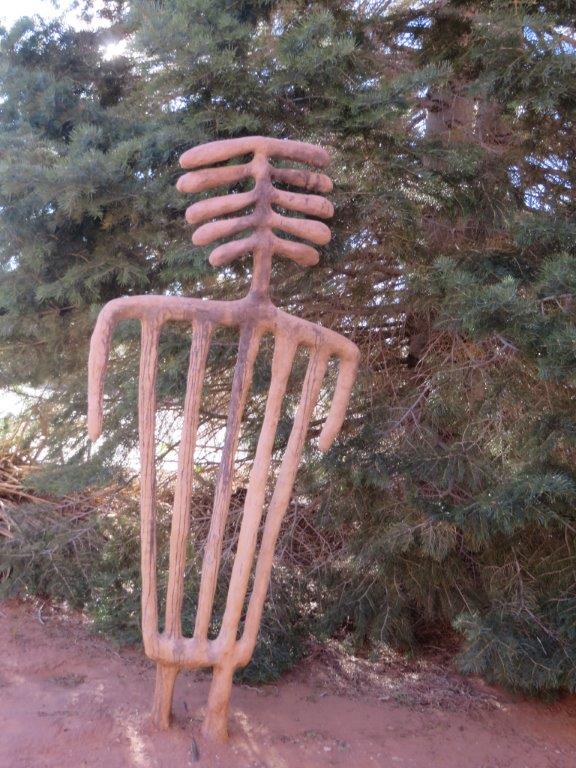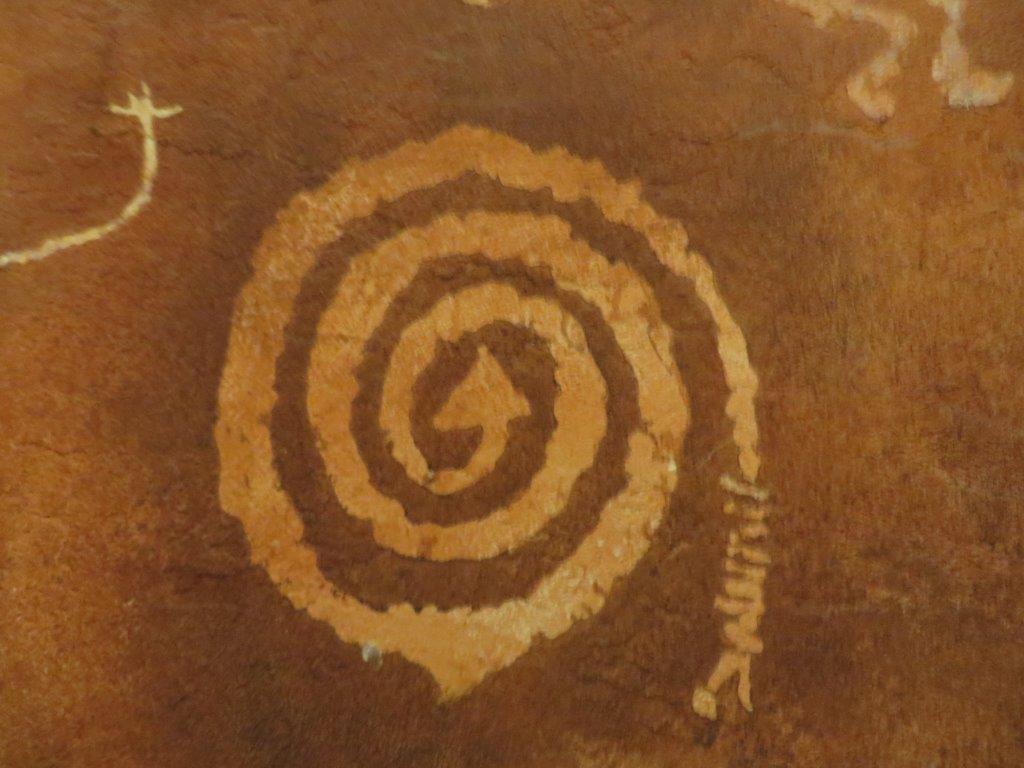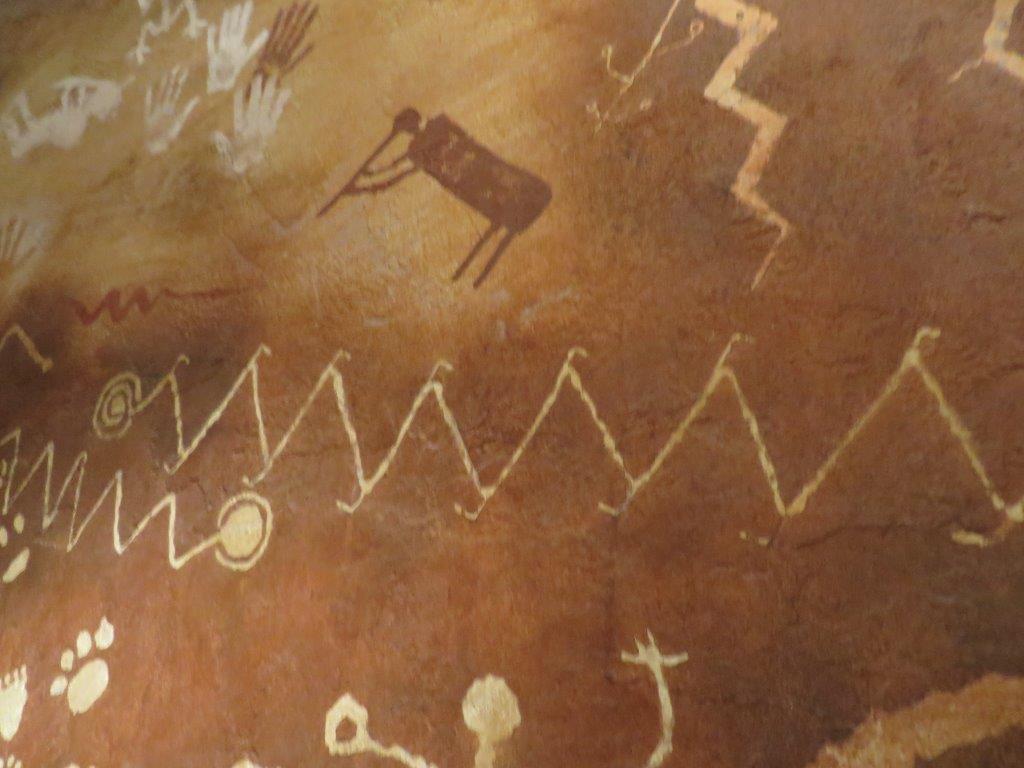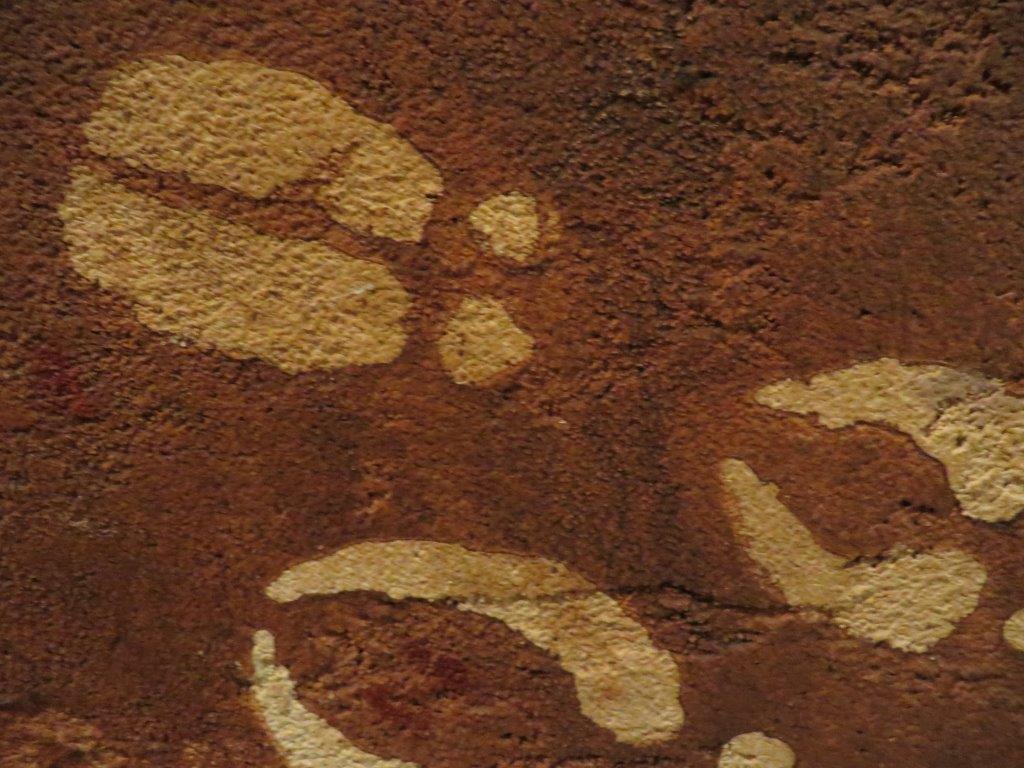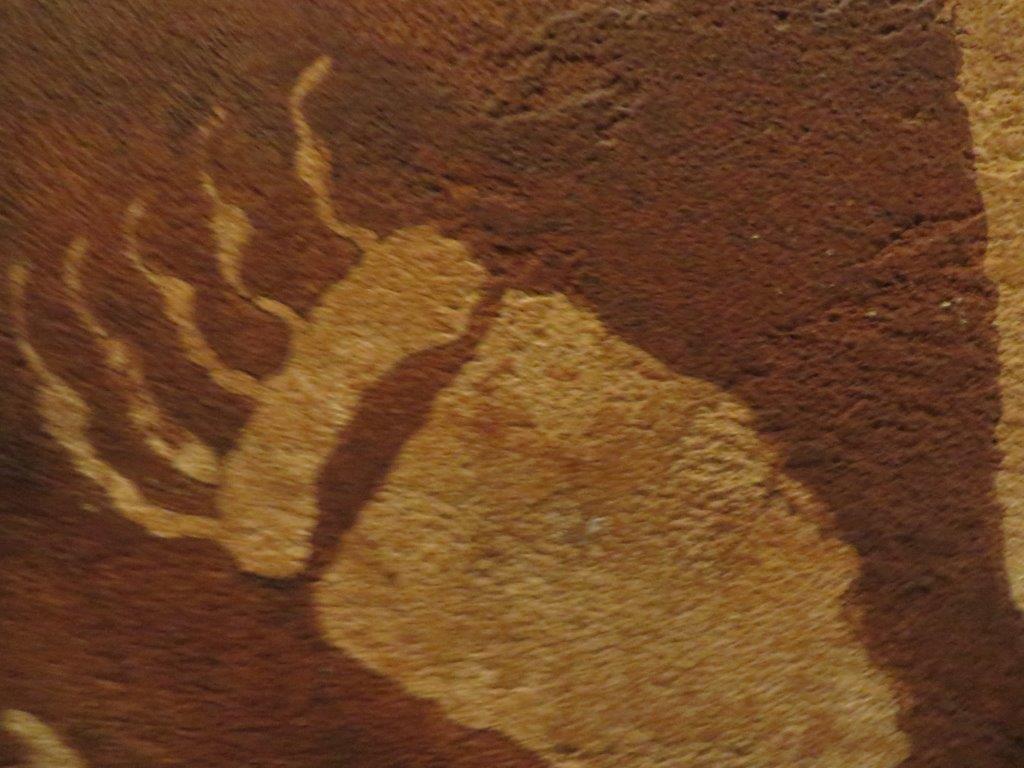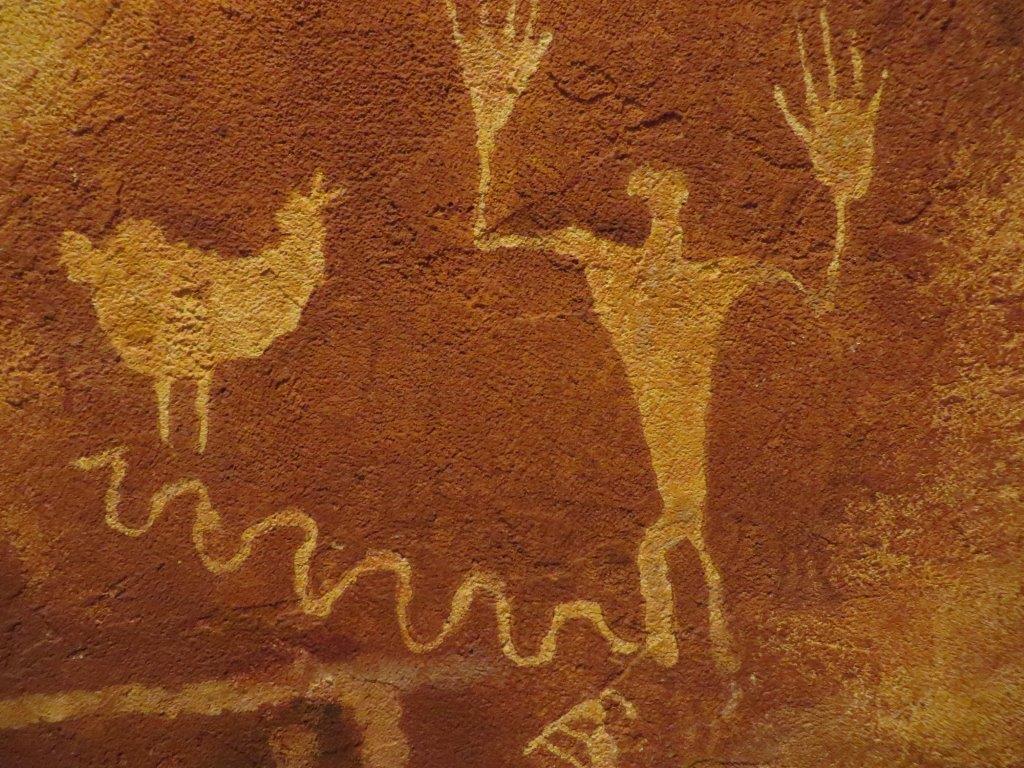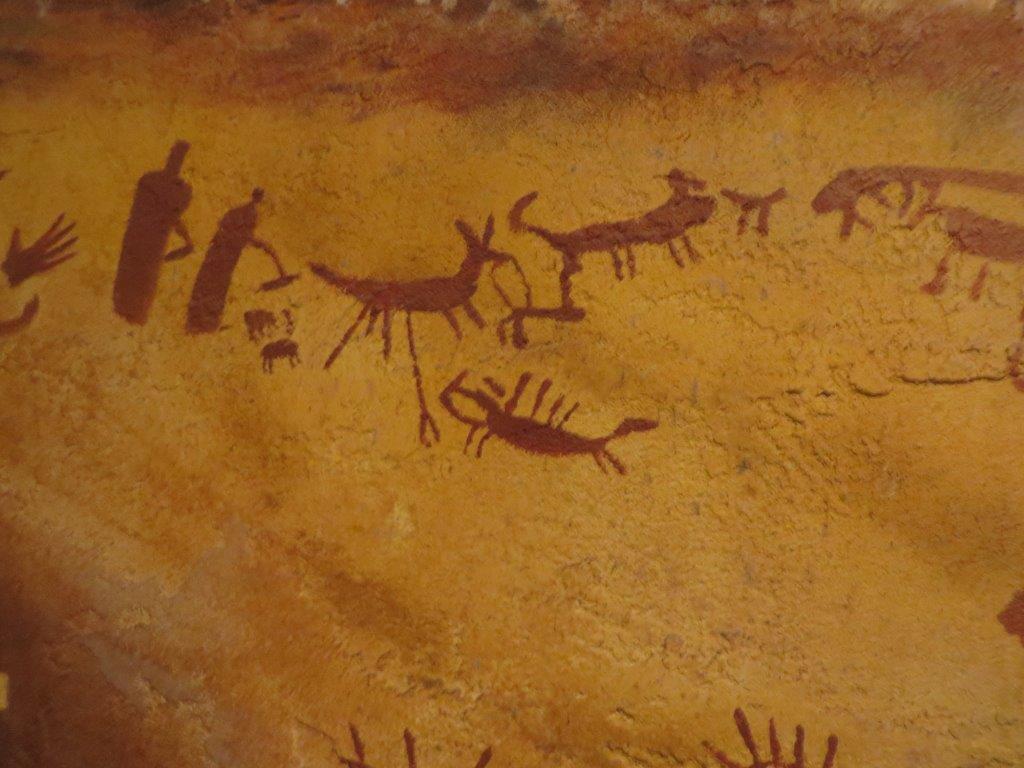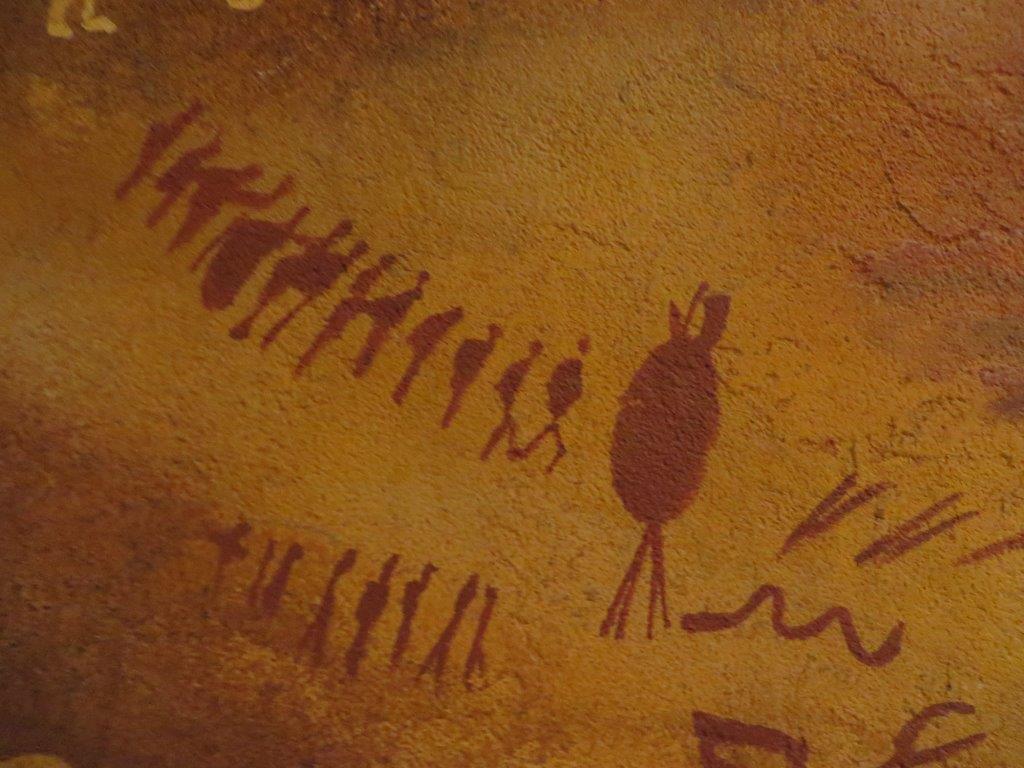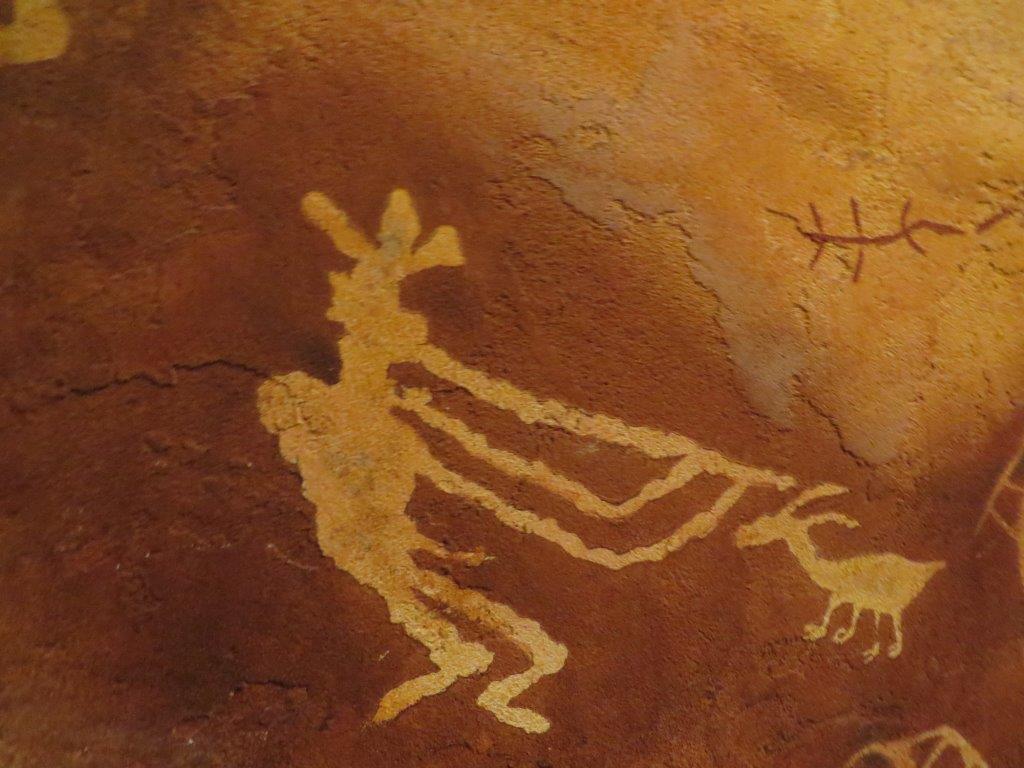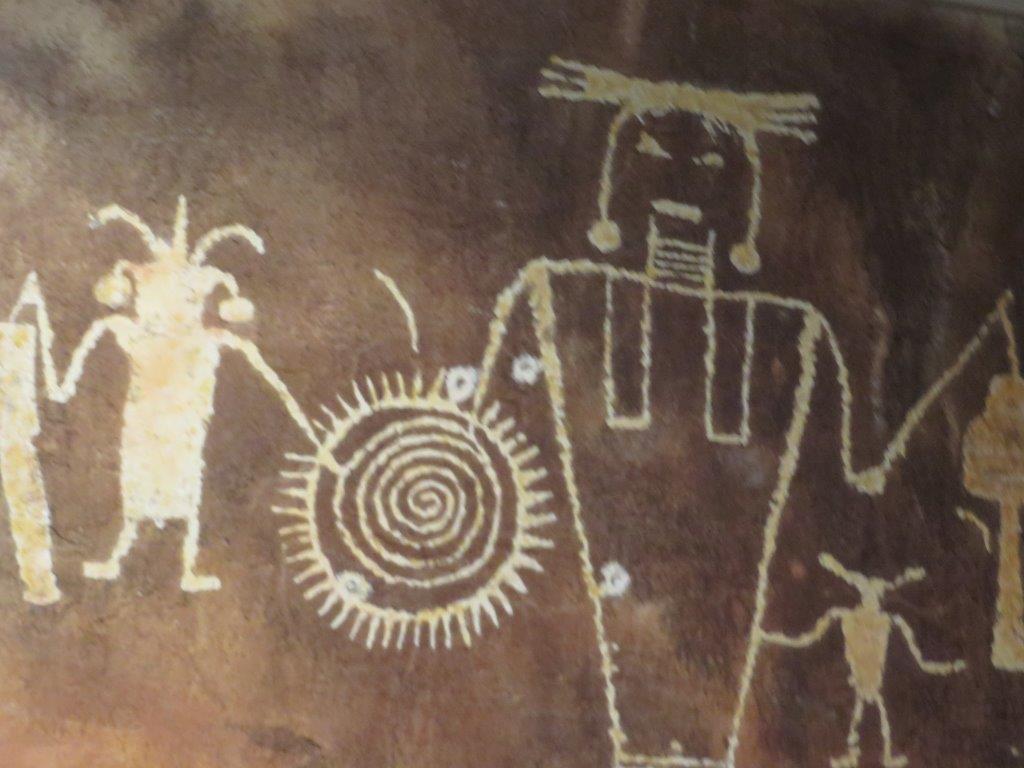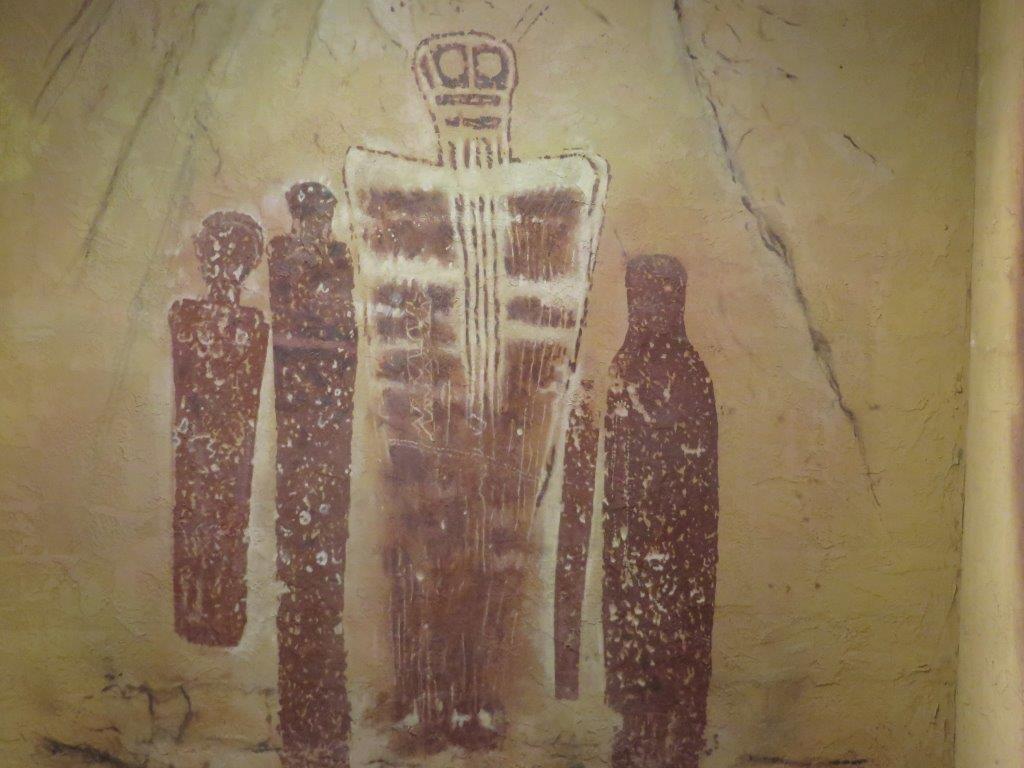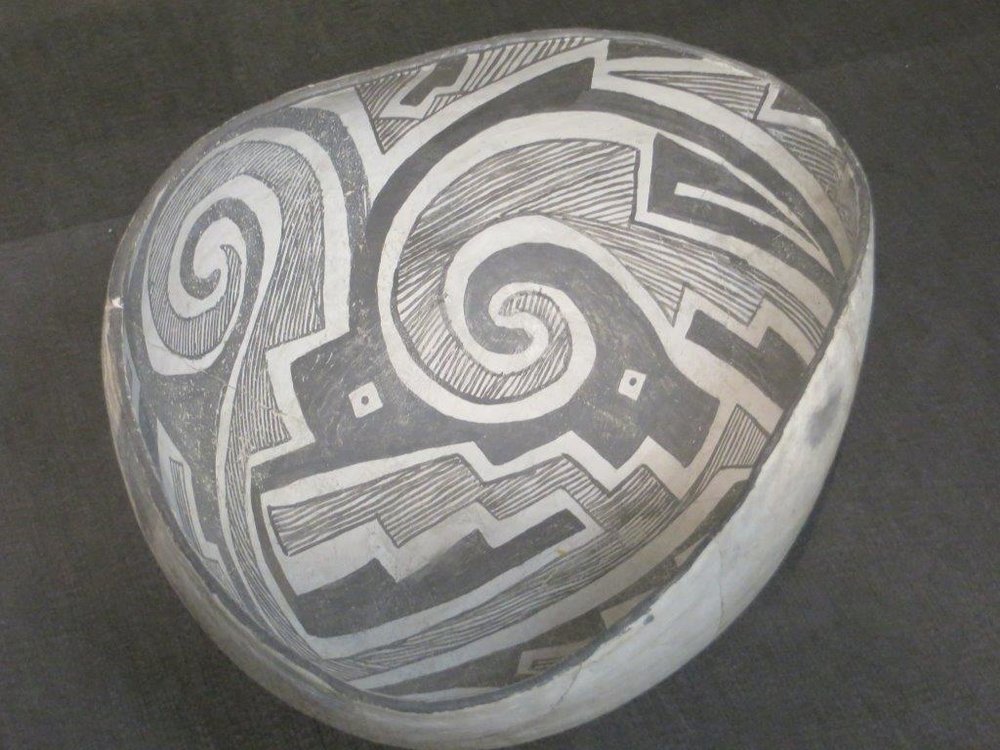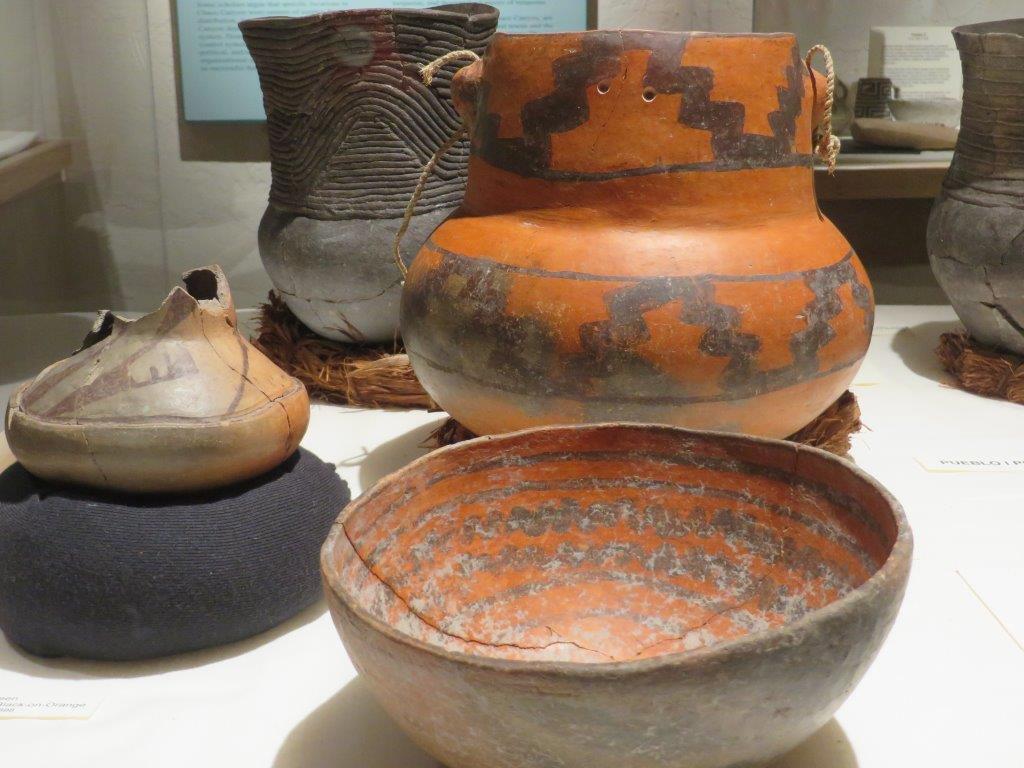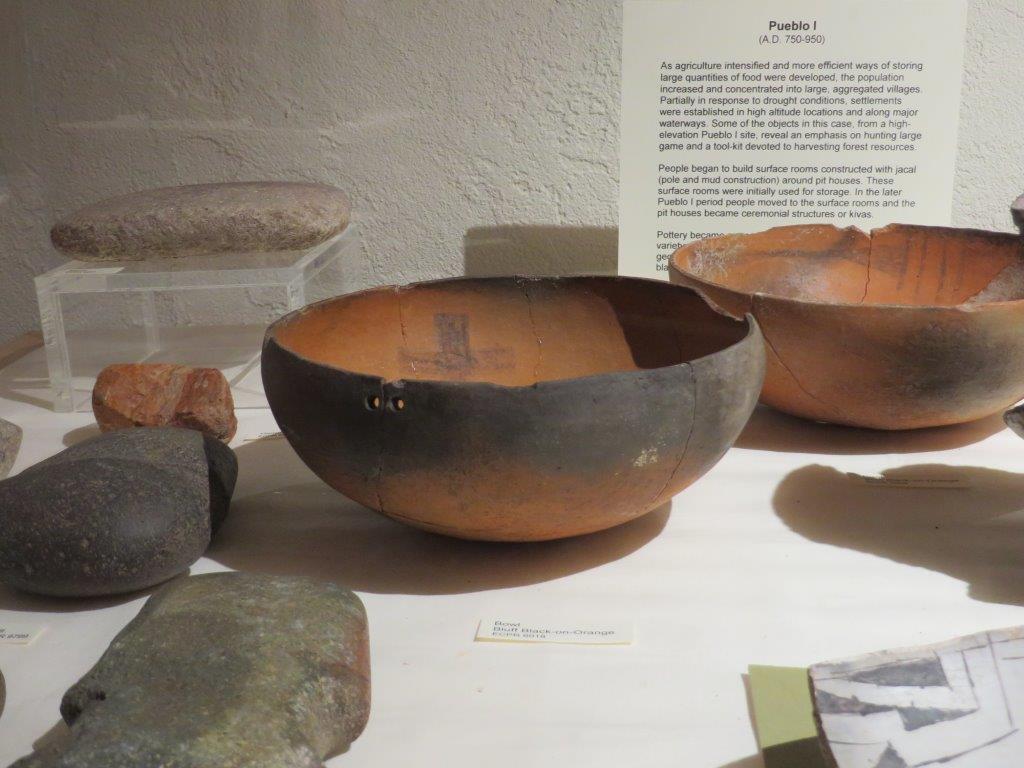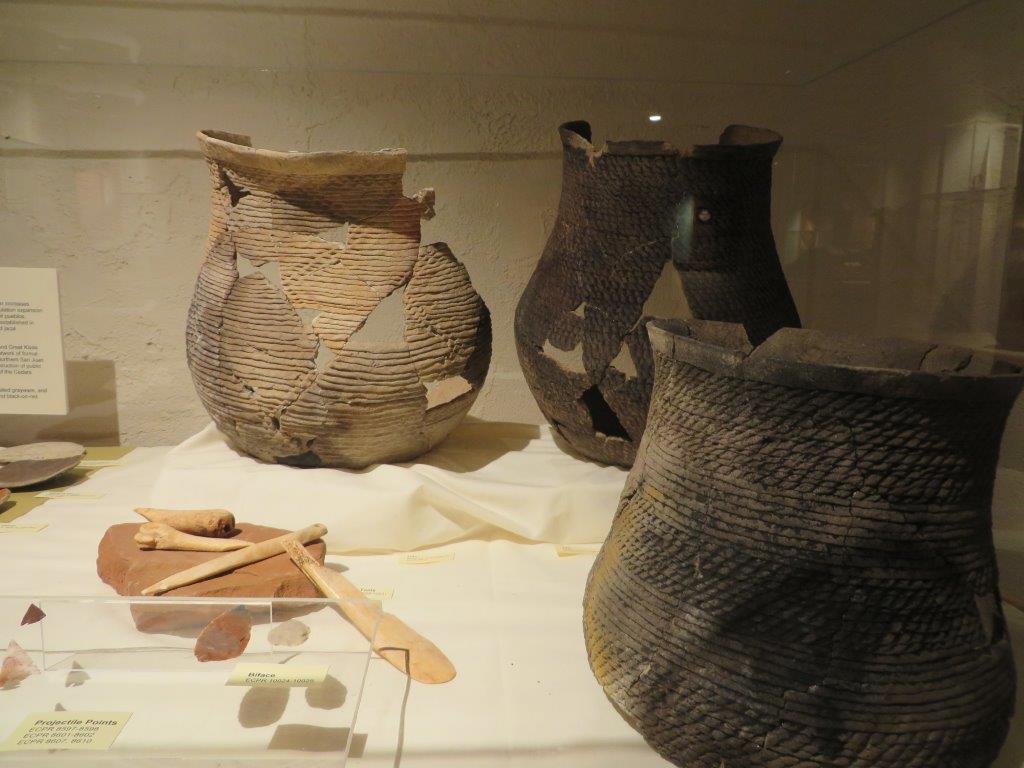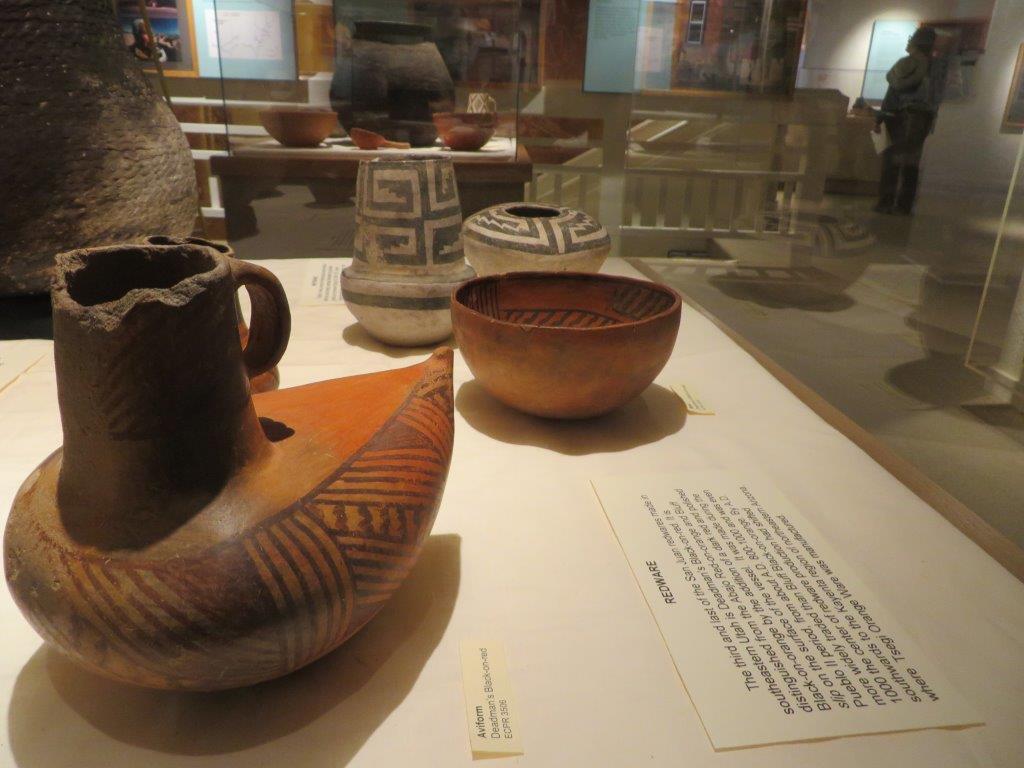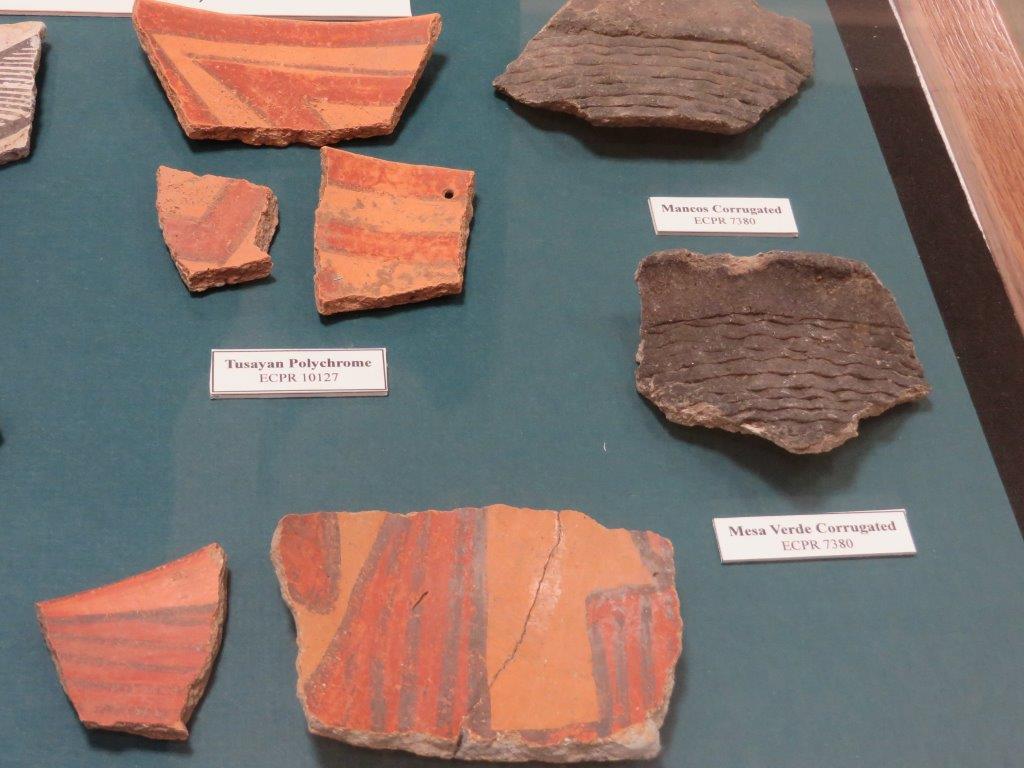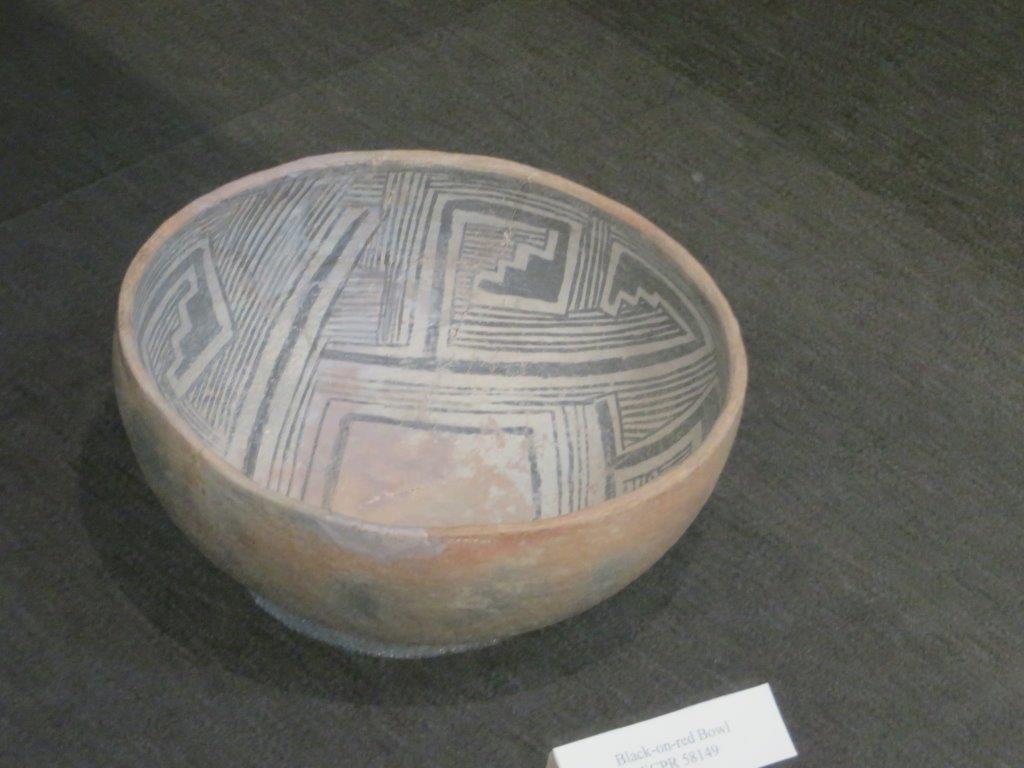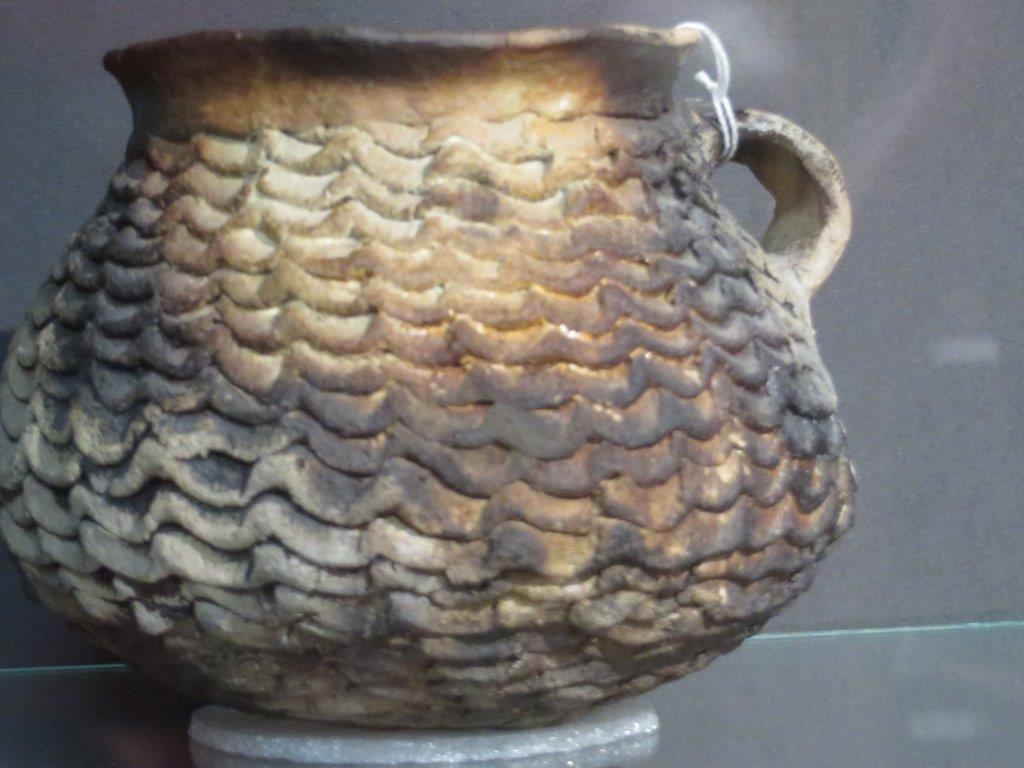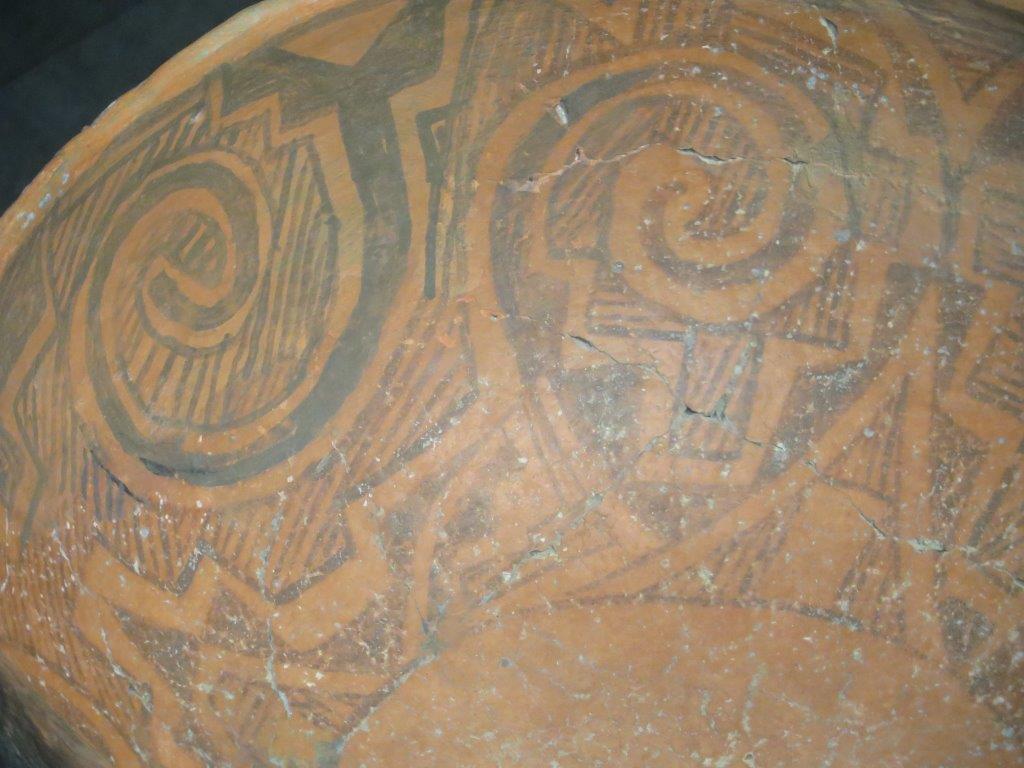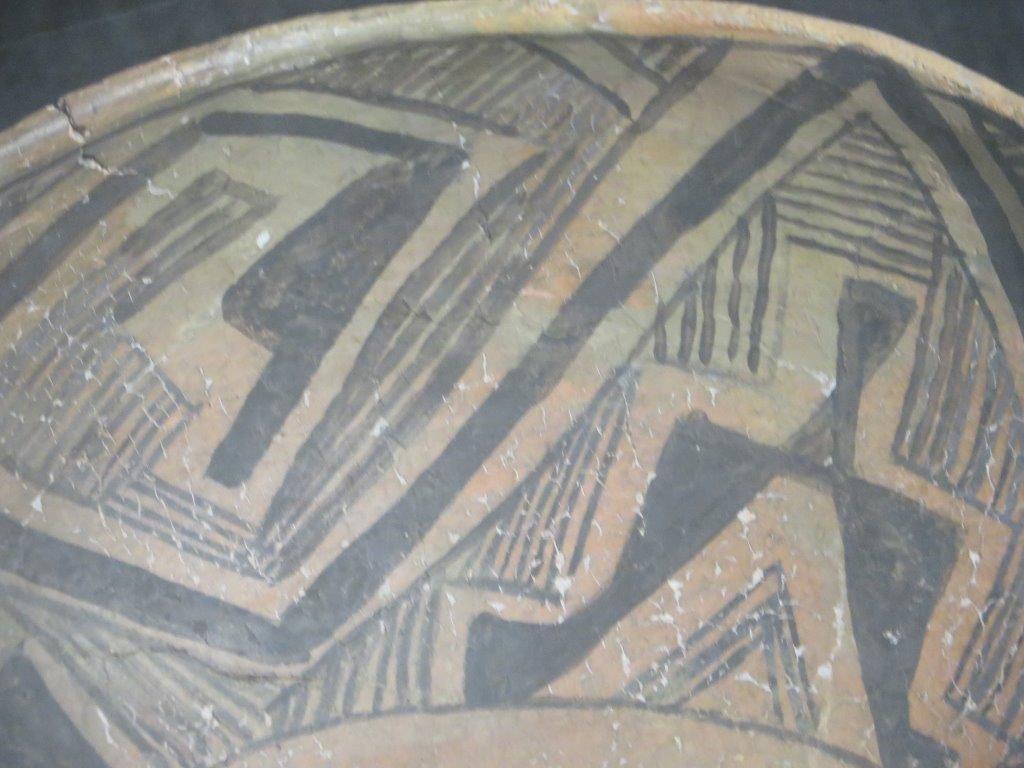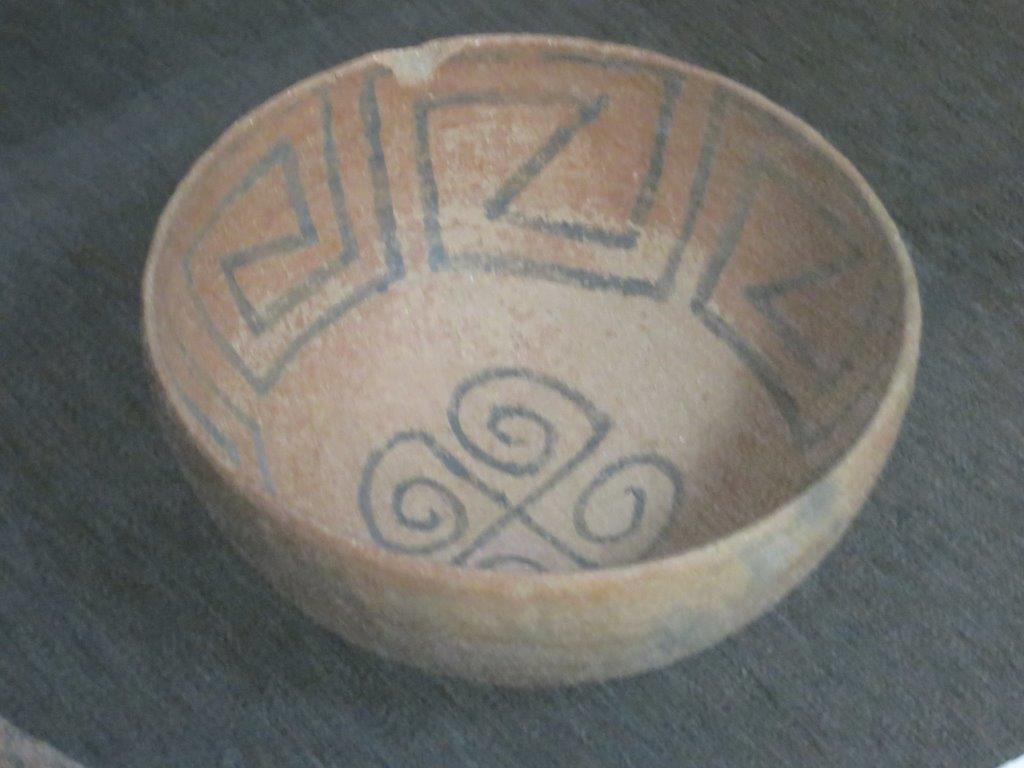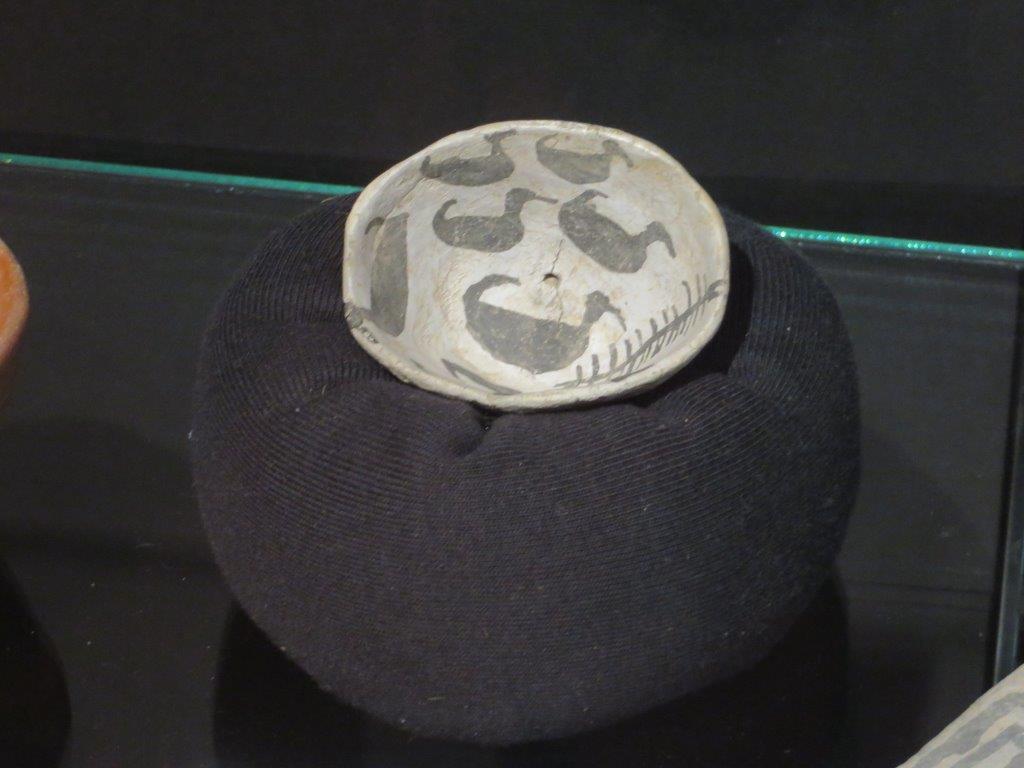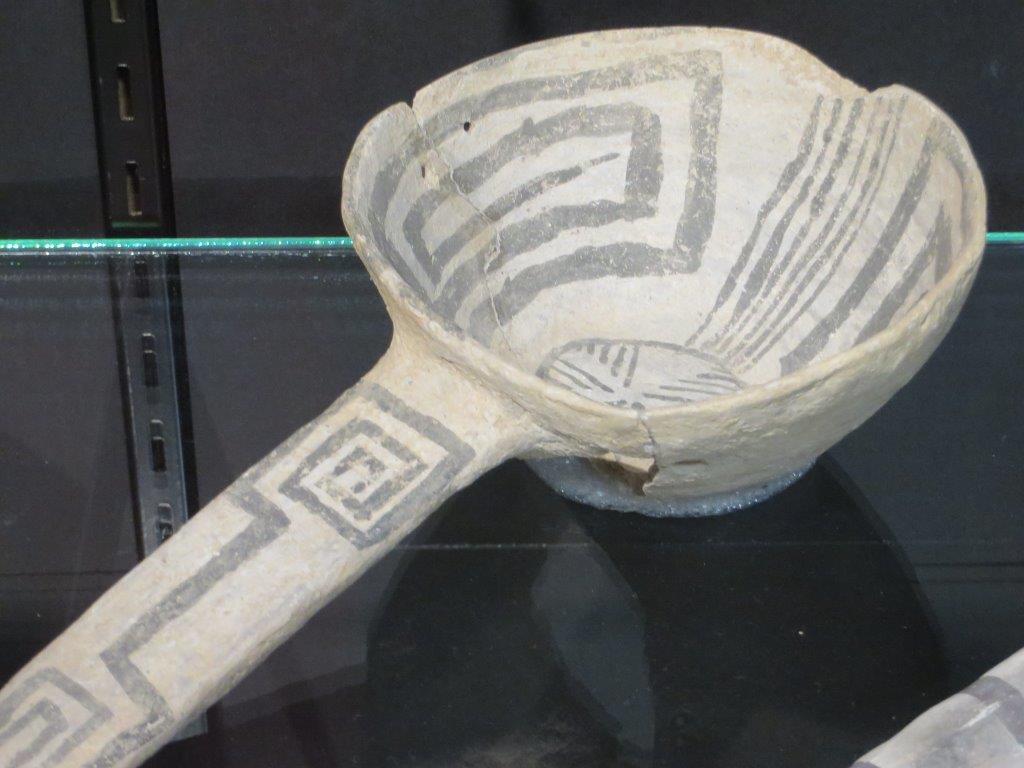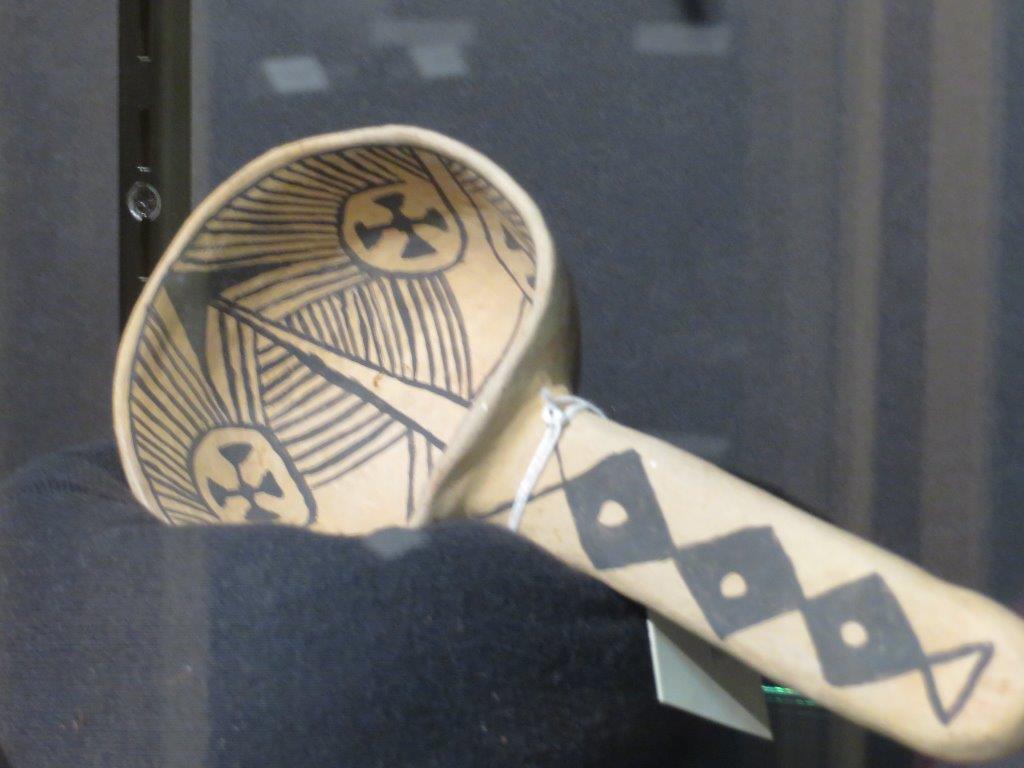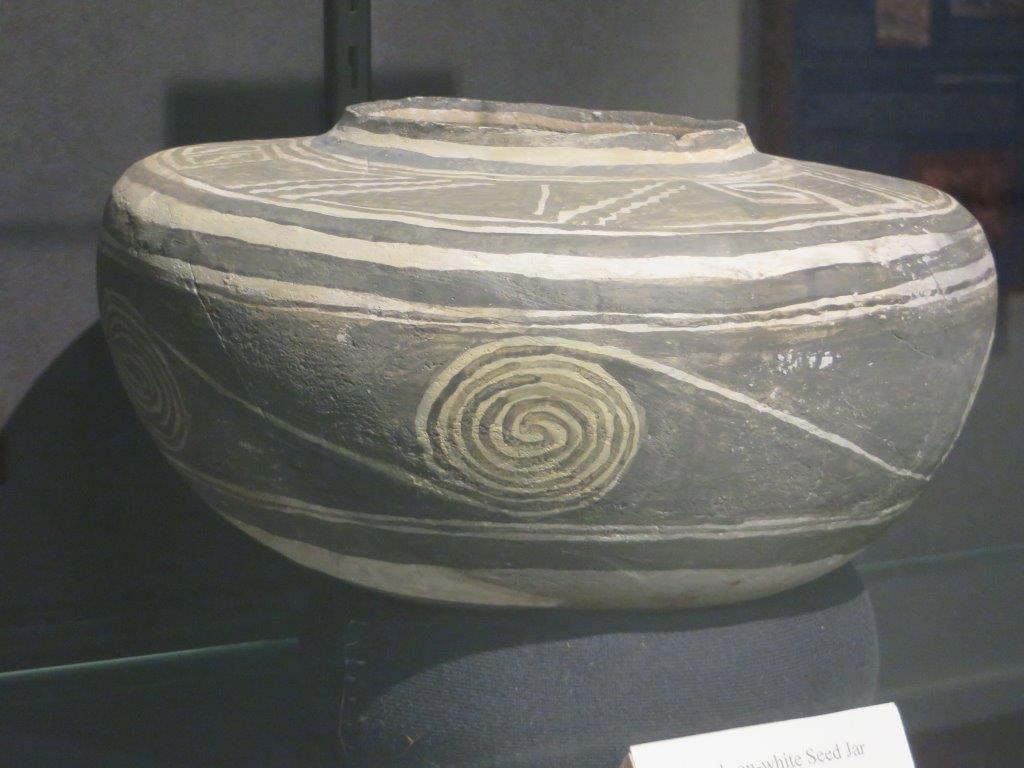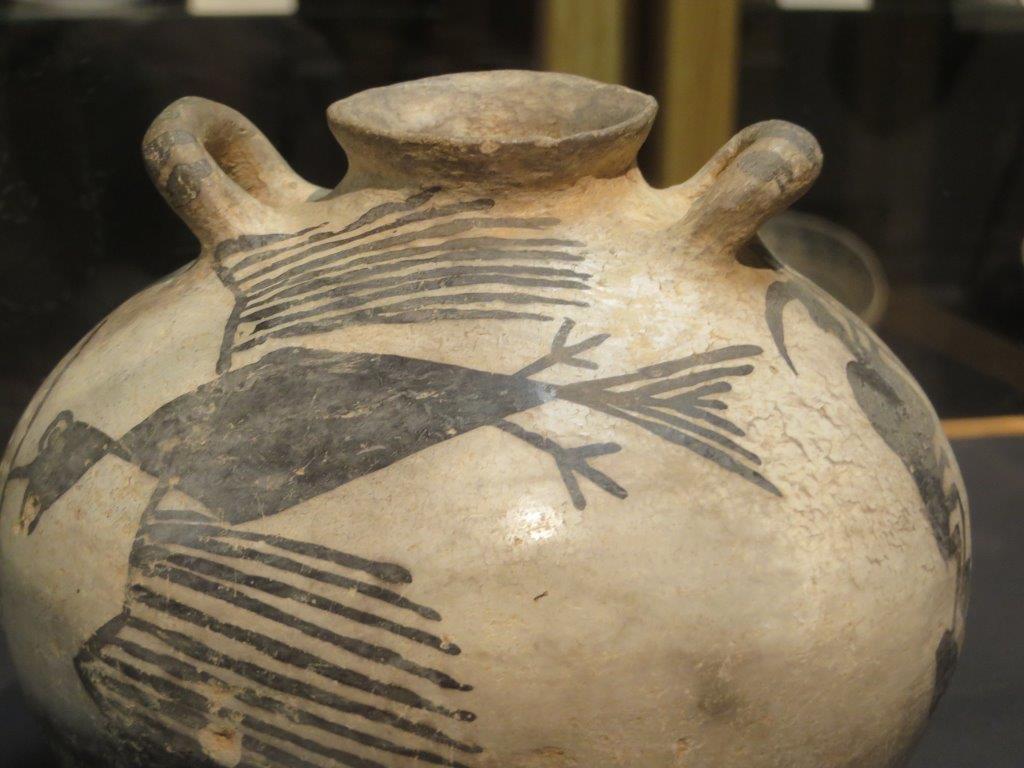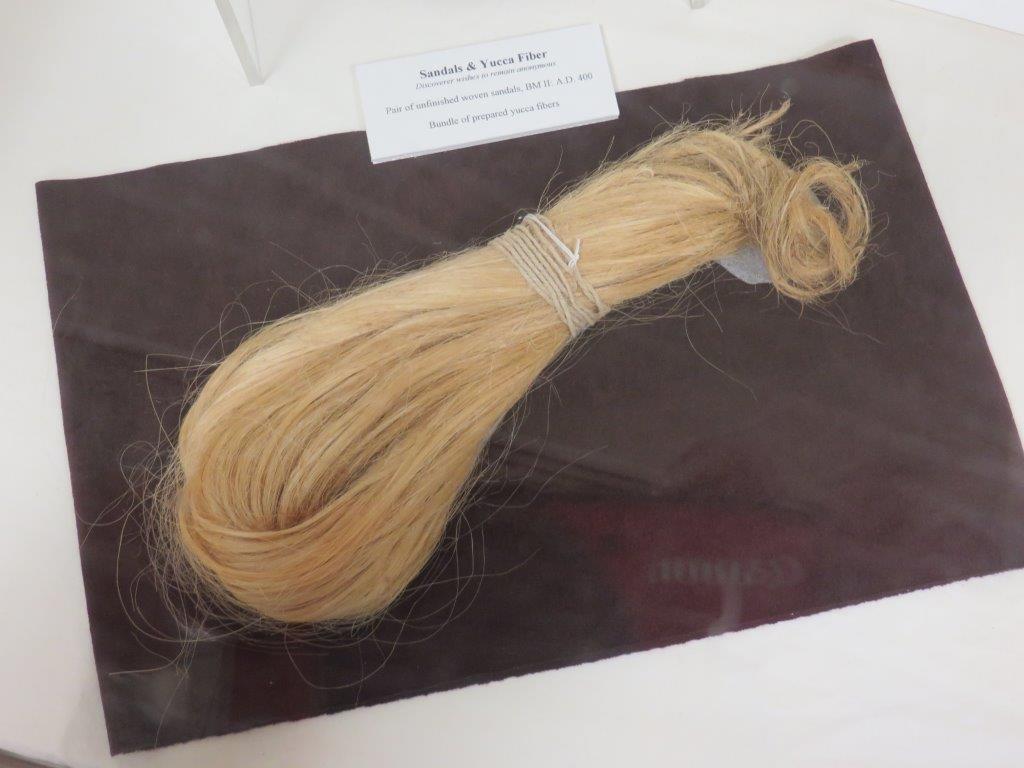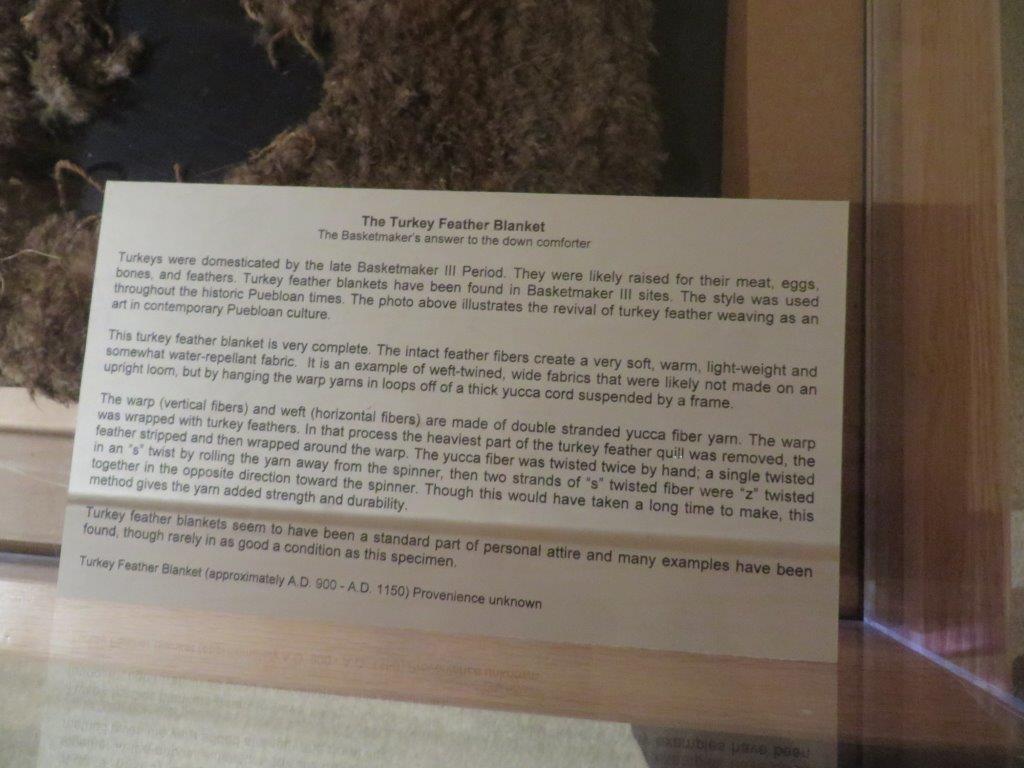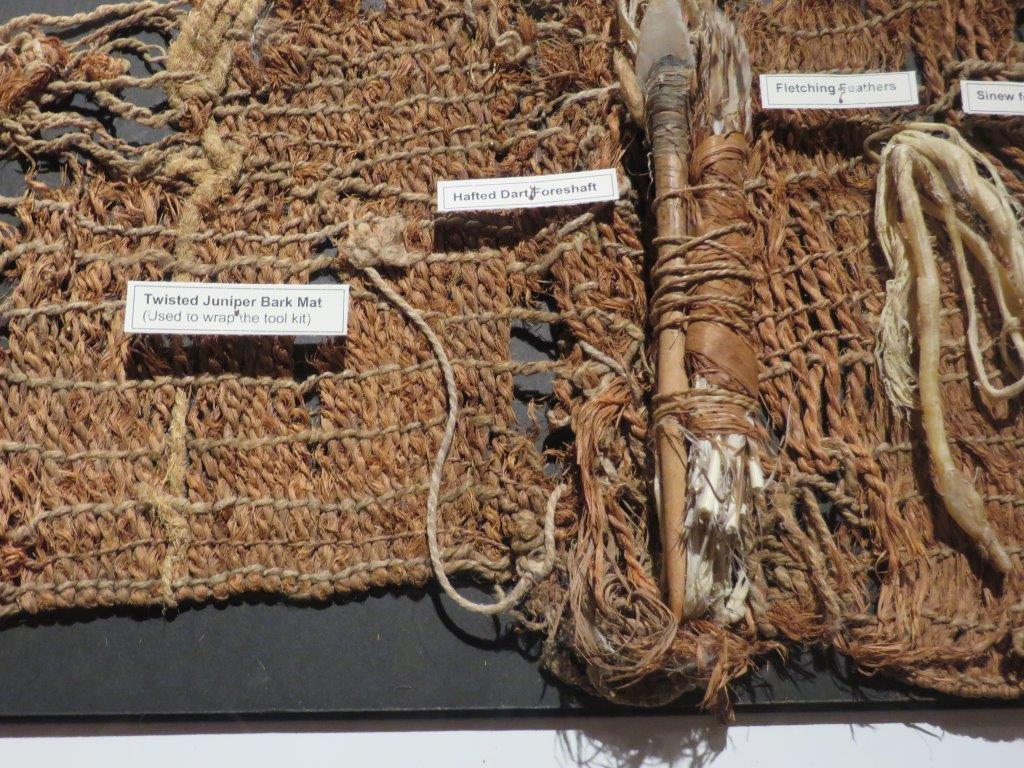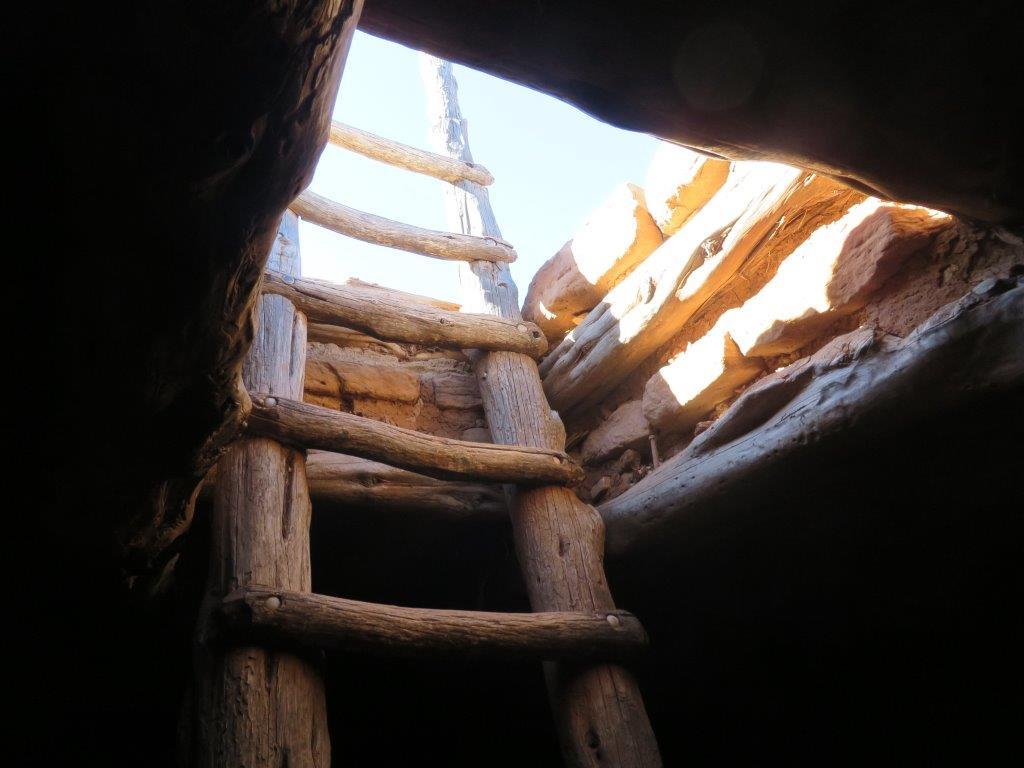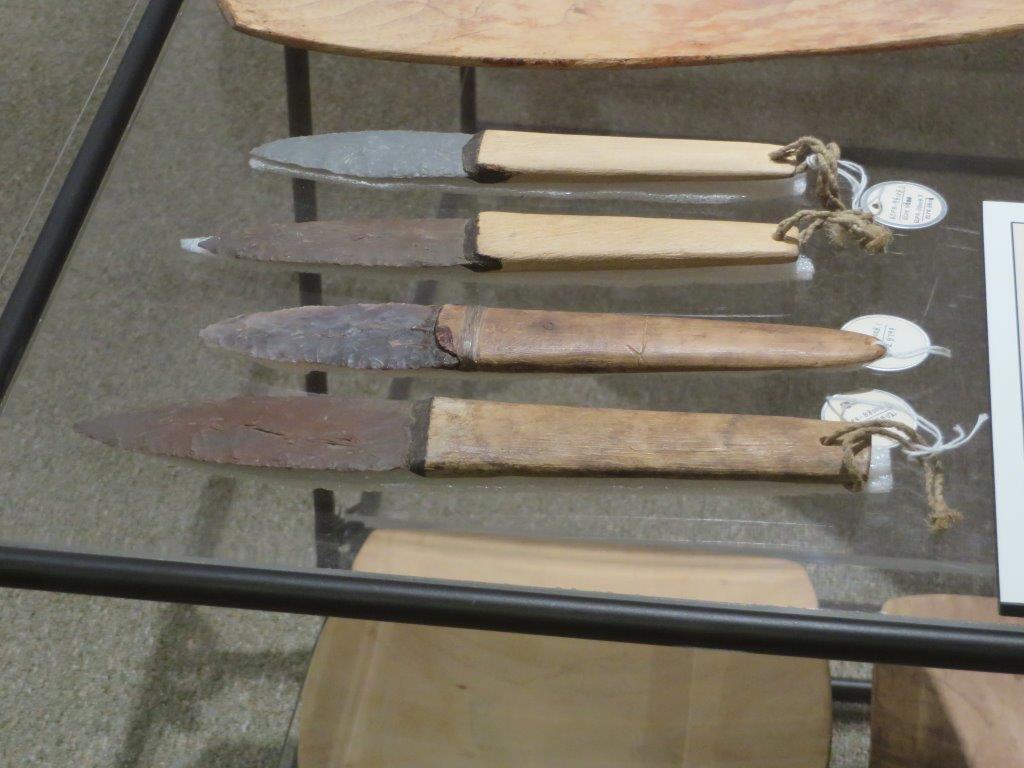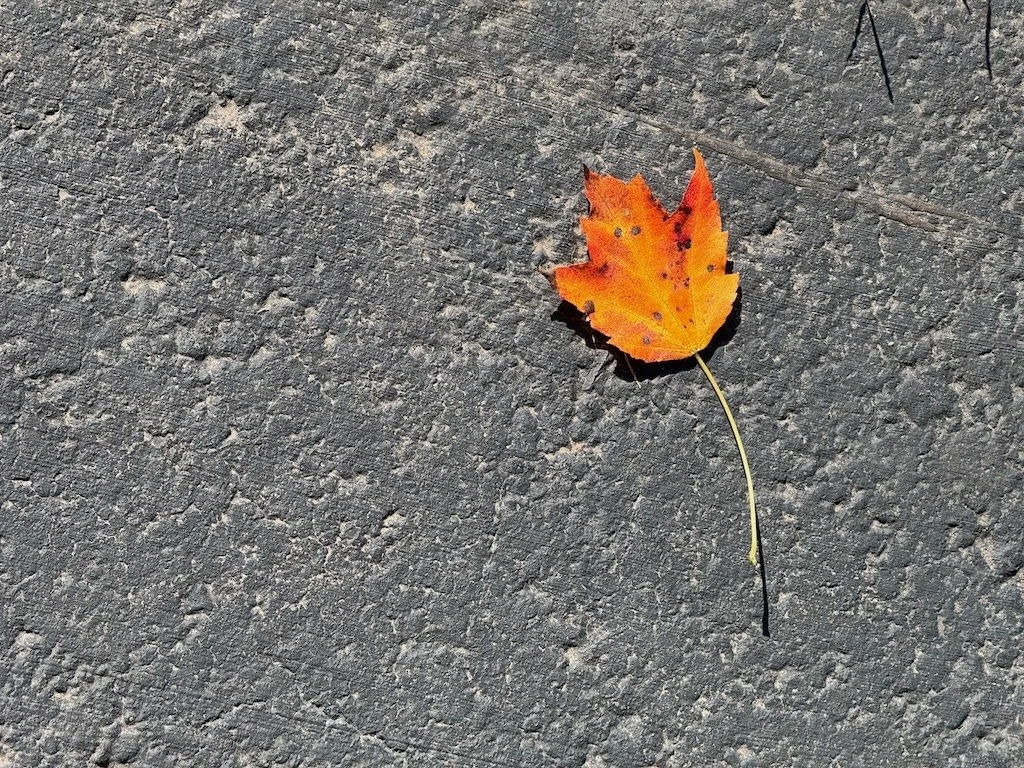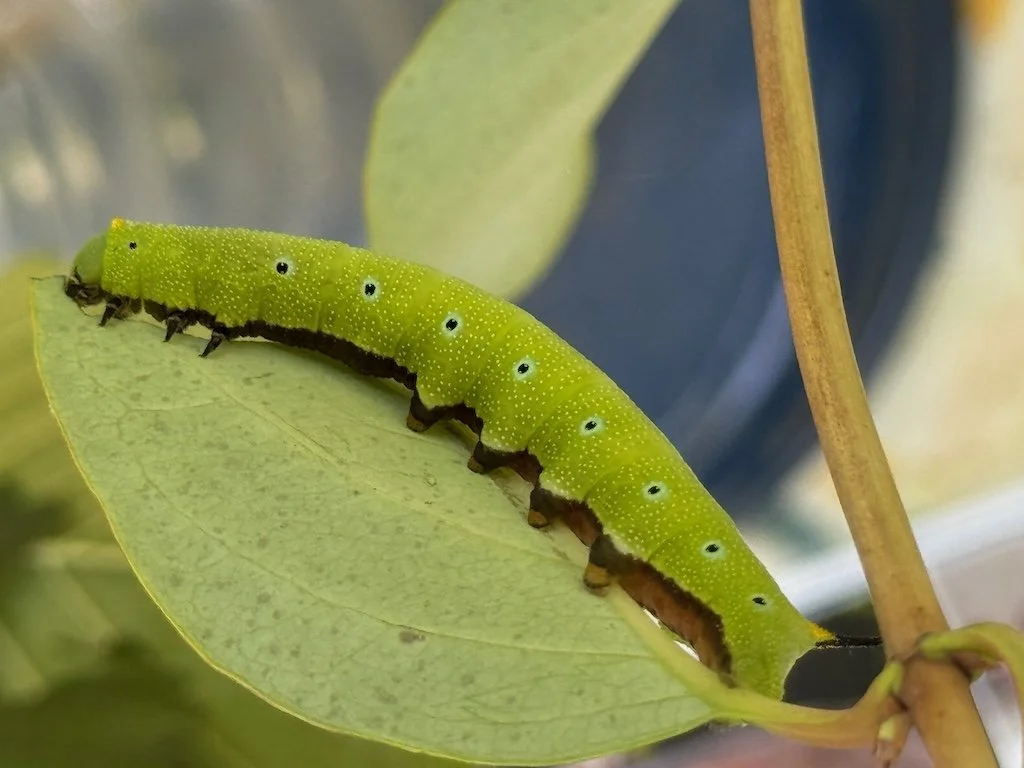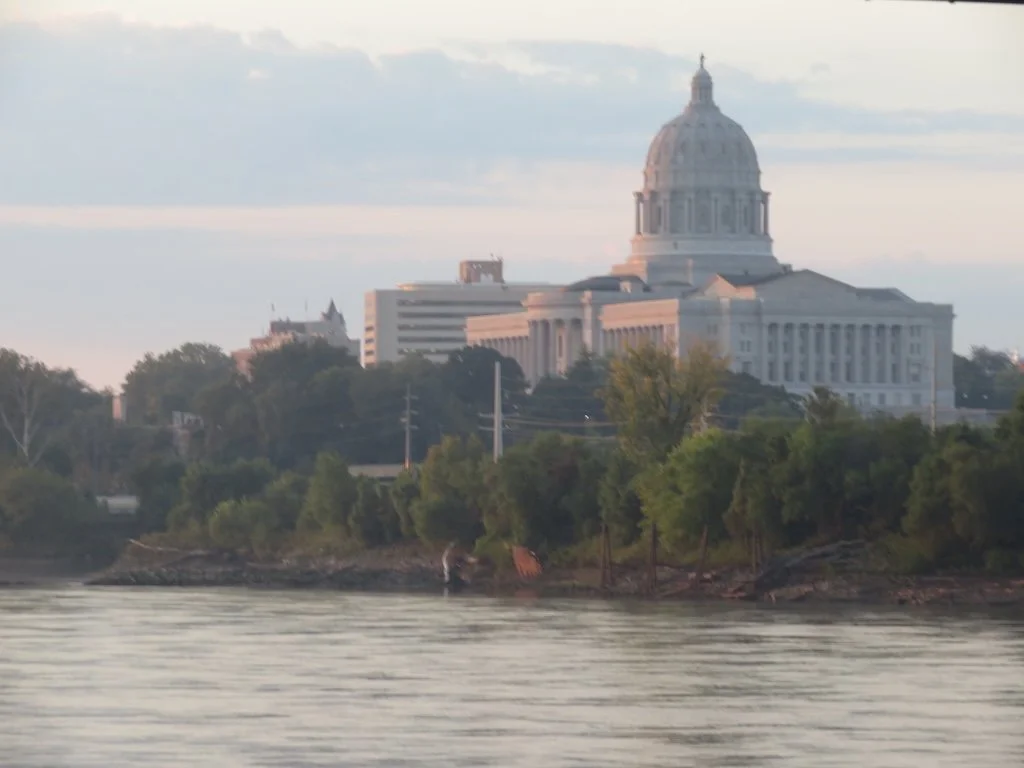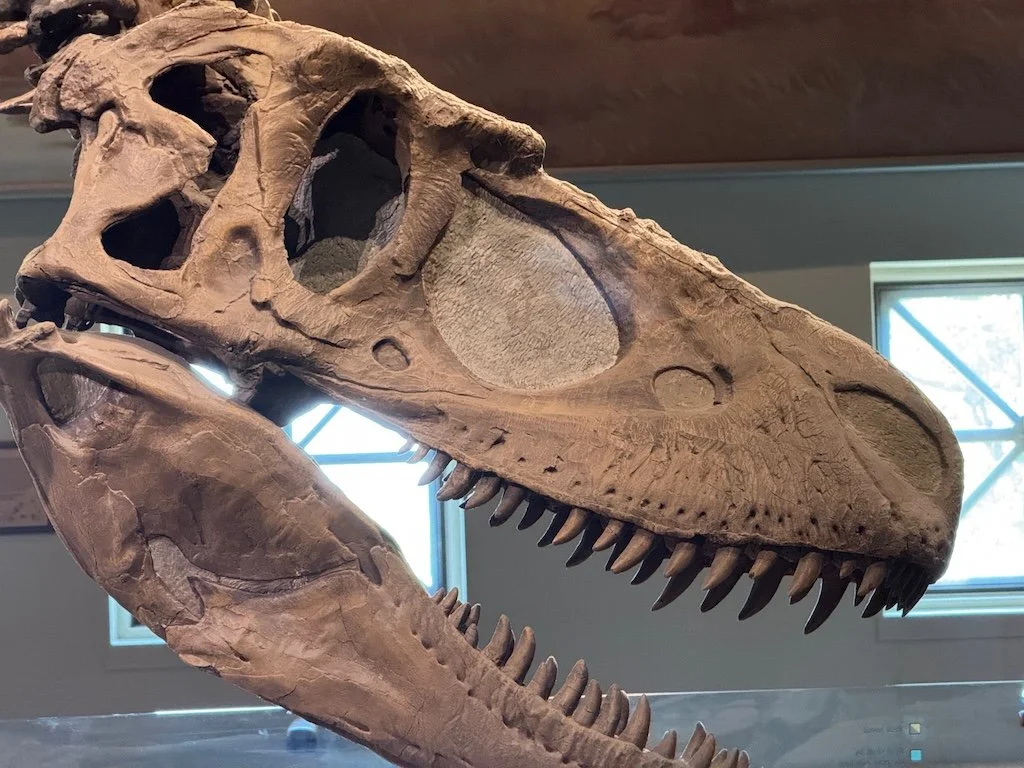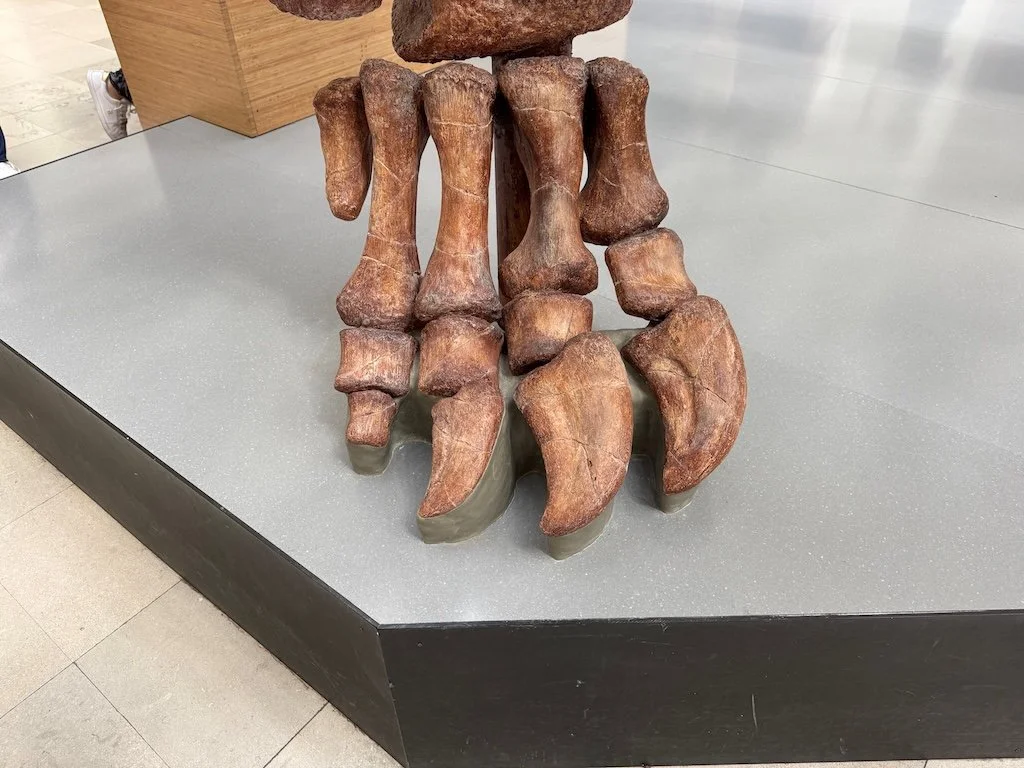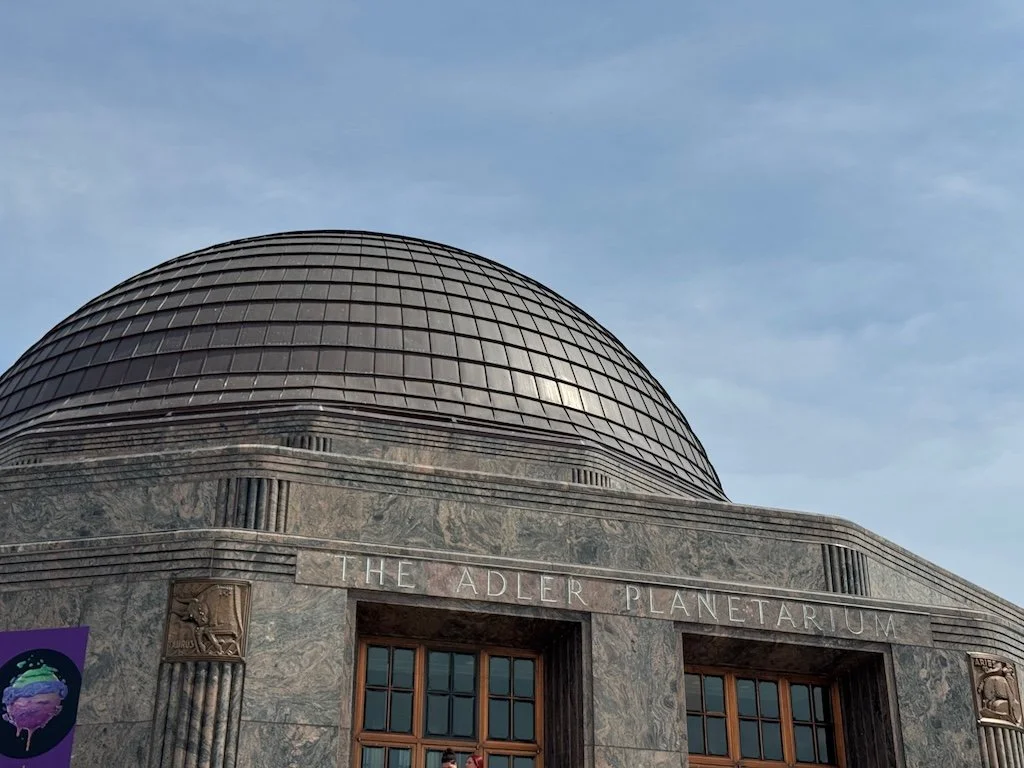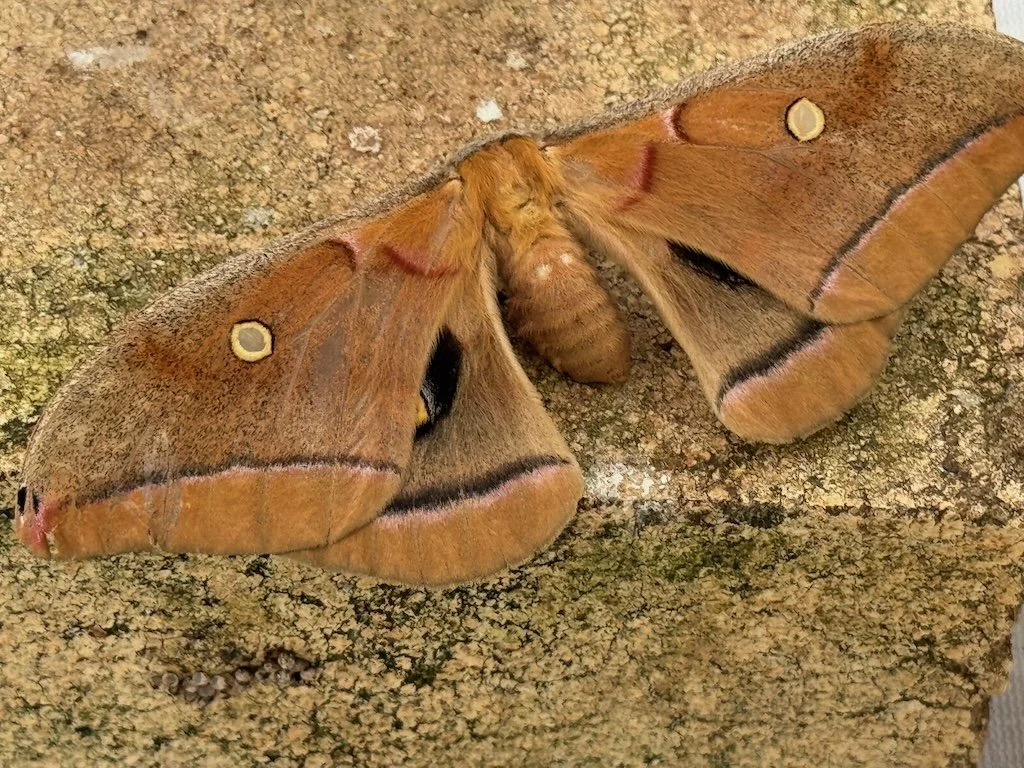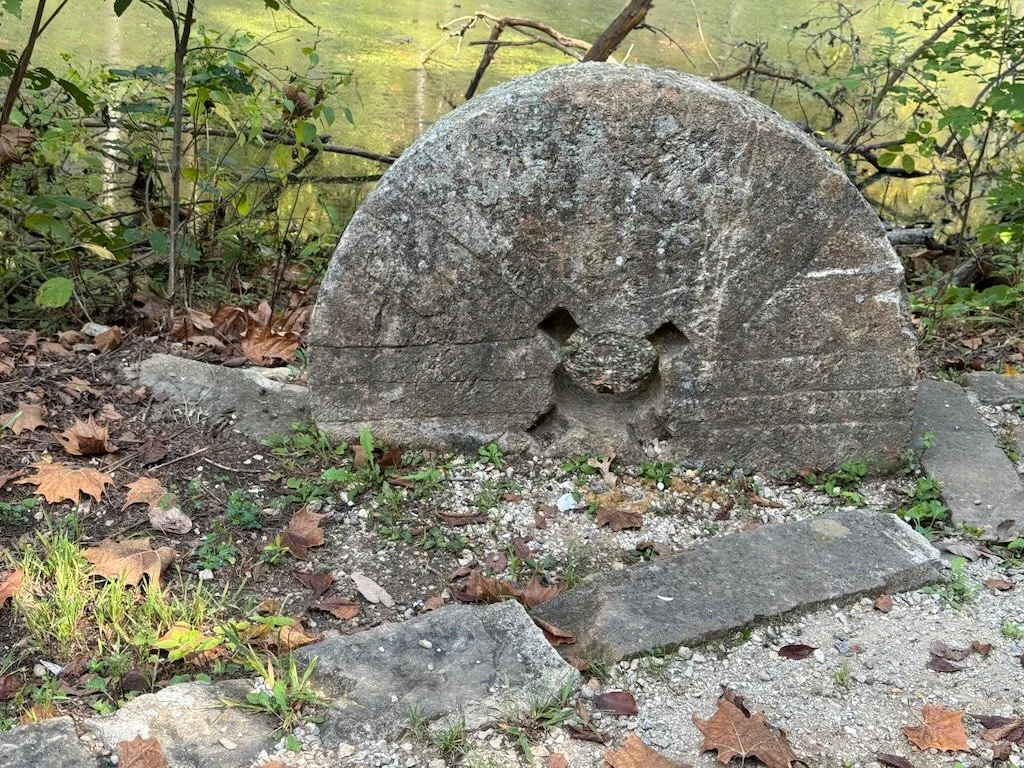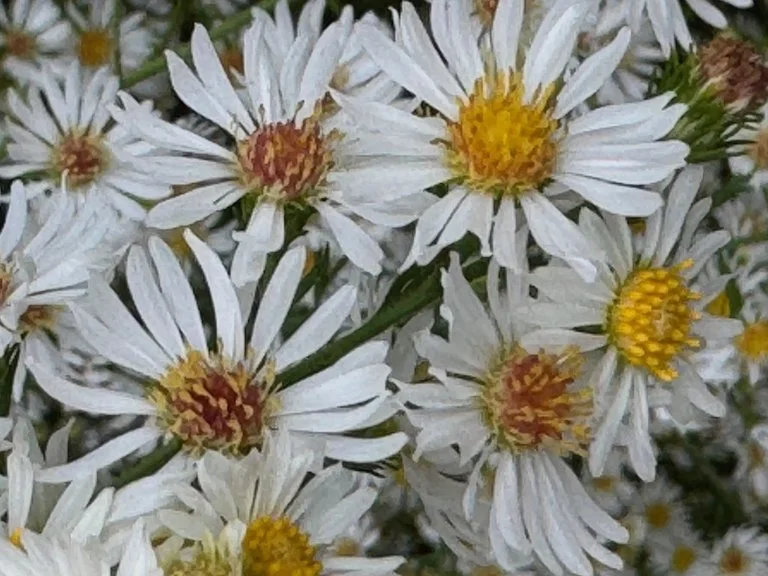Rock Art and Sculpture at Edge of Cedars State Park
/
The rock art and sculpture at Edge of Cedars State Park is everywhere one looks. The image with two types of sandal prints (shown at the left) is used on the cover of a book about rock art produced in a book from the 1980s - Spirit Windows: Native America Rock Art of Southeastern Utah. The prints from sandals with patterns on the bottom were the elite or priests; the plain prints were from ordinary people.
The walls and stairwells of the museum have rock art reproductions. Some were similar to the pictographs we had seen at Newspaper Rock (see images 13-15 in the previous post). I always look for spirals. Here are some images from the museum.

Outside the museum there are modern sculptures that take on forms from rock art. My favorite single form was the mountain goat but I spent a lot of time looking at the complex sculpture that made streaks of sunlight through pictograph-like perforations: spirals, tracks, hunters.
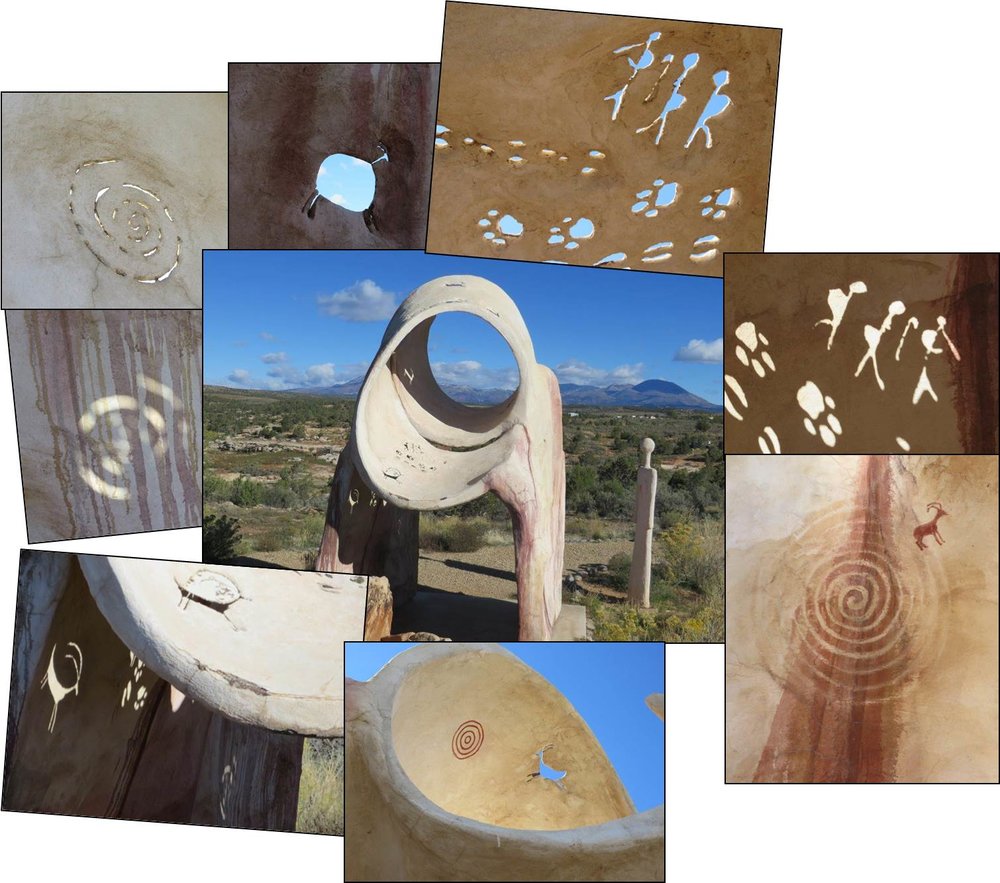
And what about a figure coming of a ladder (from a kiva?).
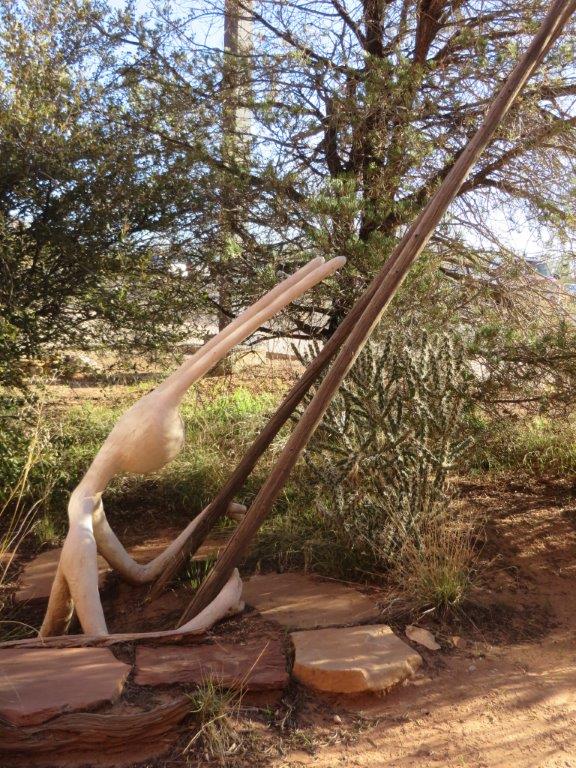
Some look vaguely like people --- but raise questions too. Why does this one only have four fingers on his hands?
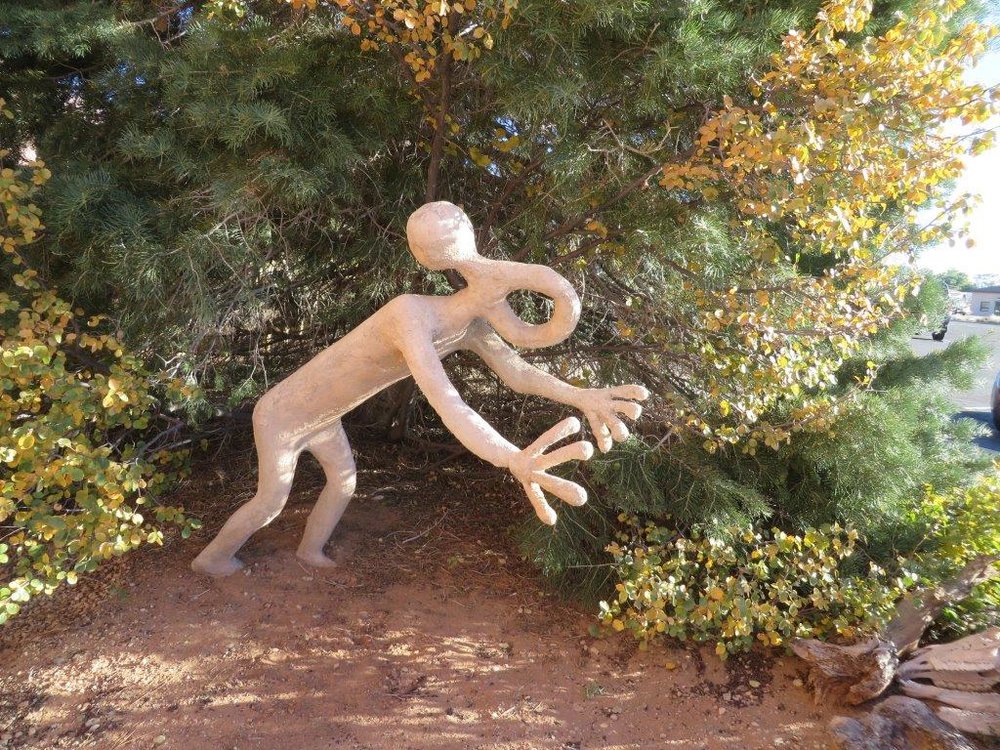
And is the one below representing a person at all? If it is not a person - what does it represent? It’s a reminder that culture impacts how we see the world. We take what we recognize from the rock art and make assumptions about the rest.
